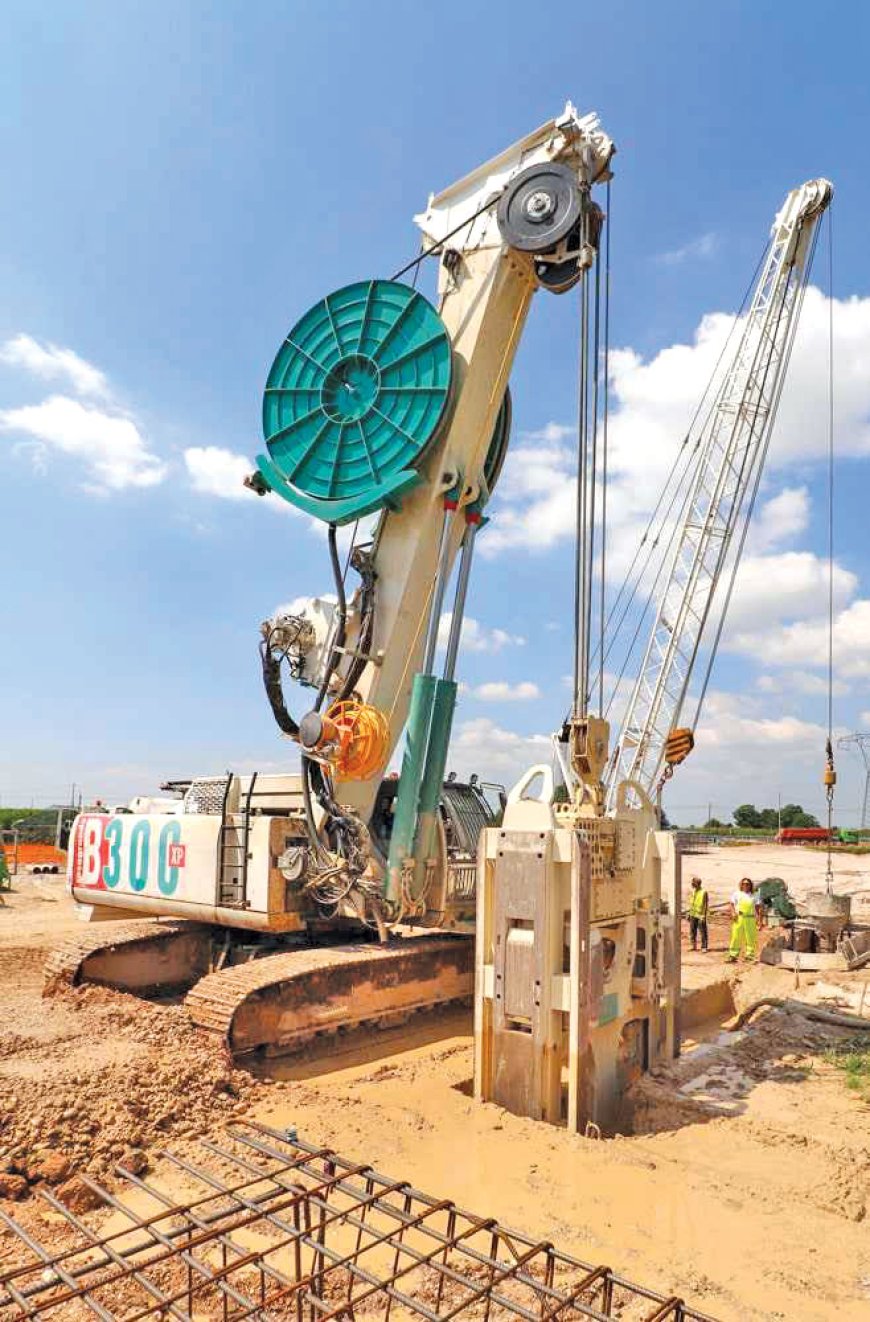We ensure that the machinery we use is compatible with renewable energy initiatives.

Dr. Jaiprakash K.N.
How have your automation products contributed to energy efficiency in construction equipment? How do your products contribute to energy savings and reduced emissions?
We consistently hire eco-friendly equipment for our ground engineering projects. Additionally, our project designs are always nature-friendly. We prioritize protecting the soil and preserving existing green plants, ensuring they are not compromised during our operations. This approach ensures that even during client construction, green plants remain unharmed, contributing to energy savings and reduced emissions, and aligning with our commitment to environmental sustainability.
What technologies or innovations have you implemented to reduce emissions in construction equipment through your products?
In our design-build projects, we always propose nature-friendly designs that aim to preserve the existing soil as much as possible. For instance, in our current project with NHAI in Kerala, we have successfully protected over 3 kilometers of soil from rain cuts. This approach not only minimizes soil disruption but also contributes to reduced emissions, aligning with our commitment to sustainable construction practices.

Are there any initiatives or products that utilize renewable energy sources? Please provide details.
We ensure that the machinery we use is compatible with renewable energy initiatives. For instance, we utilize equipment from manufacturers who are pioneering solar-powered and battery-operated machinery. These machines are particularly effective in projects where a consistent and sustainable energy source is crucial, significantly reducing the carbon footprint of our operations.
How do you ensure the use of sustainable or recyclable materials in your products?
For soil protection work, we make every effort to incorporate as much recycled material as possible into our design. Additionally, we always aim for nature-friendly designs. This approach ensures that our projects are both sustainable and environmentally responsible.

What future trends do you foresee in automation technologies for green (electric) construction equipment?
The future of automation in green construction equipment lies in the advancement of fully electric machinery, powered by renewable energy sources like solar and wind. We anticipate a rise in the use of AI and machine learning to further optimize equipment performance, reducing waste and improving energy efficiency. Autonomous machinery that can operate with minimal human intervention will also become more prevalent, ensuring consistent, precise, and eco-friendly operations.
Can you share (in brief) any specific projects or case studies where your green technologies have made a significant impact?
One notable project where our green technologies have made a significant impact is the HUB-5 of M/s. Karle Infra located in Nagwara, Bangalore, a large-scale soil retention project. By utilizing hybrid-powered piling rigs and eco-friendly drilling fluids, we reduced the project’s overall carbon footprint by 30%. The implementation of automated control systems ensured precise material use and minimal waste, showcasing the effectiveness of integrating green technologies in ground engineering.








